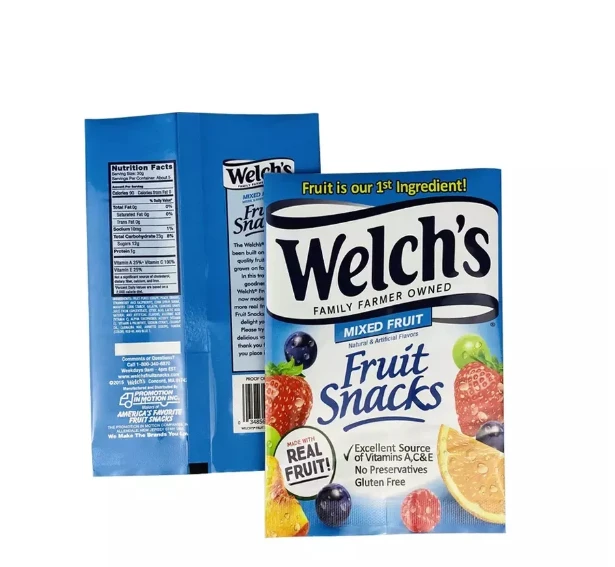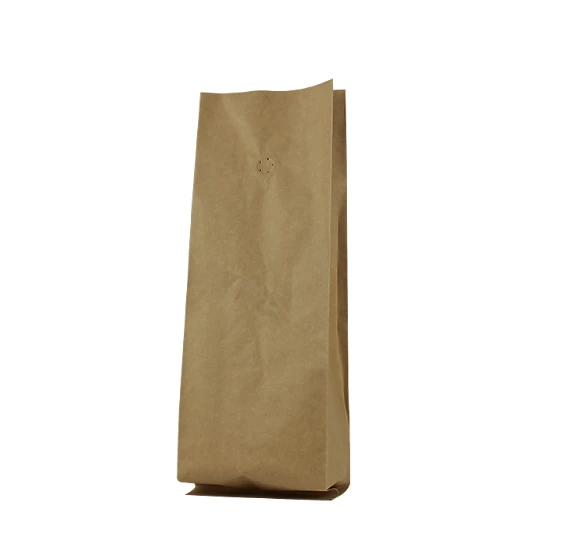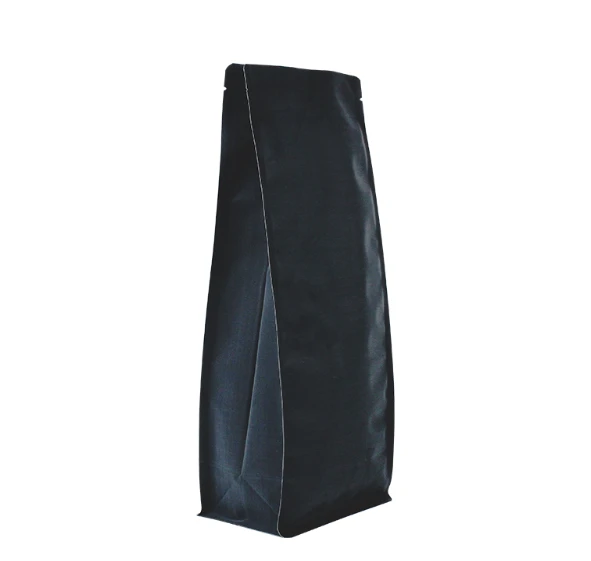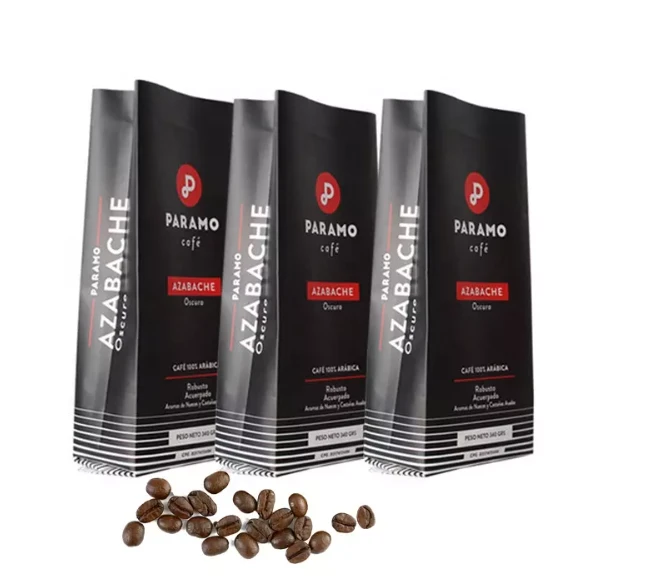- Afrikaans
- Albanian
- Amharic
- Arabic
- Armenian
- Azerbaijani
- Basque
- Belarusian
- Bengali
- Bosnian
- Bulgarian
- Catalan
- Cebuano
- chinese_simplified
- chinese_traditional
- Corsican
- Croatian
- Czech
- Danish
- Dutch
- English
- Esperanto
- Estonian
- Finnish
- French
- Frisian
- Galician
- Georgian
- German
- Greek
- Gujarati
- haitian_creole
- hausa
- hawaiian
- Hebrew
- Hindi
- Miao
- Hungarian
- Icelandic
- igbo
- Indonesian
- irish
- Italian
- Japanese
- Javanese
- Kannada
- kazakh
- Khmer
- Rwandese
- Korean
- Kurdish
- Kyrgyz
- Lao
- Latin
- Latvian
- Lithuanian
- Luxembourgish
- Macedonian
- Malgashi
- Malay
- Malayalam
- Maltese
- Maori
- Marathi
- Mongolian
- Myanmar
- Nepali
- Norwegian
- Norwegian
- Occitan
- Pashto
- Persian
- Polish
- Portuguese
- Punjabi
- Romanian
- Russian
- Samoan
- scottish-gaelic
- Serbian
- Sesotho
- Shona
- Sindhi
- Sinhala
- Slovak
- Slovenian
- Somali
- Spanish
- Sundanese
- Swahili
- Swedish
- Tagalog
- Tajik
- Tamil
- Tatar
- Telugu
- Thai
- Turkish
- Turkmen
- Ukrainian
- Urdu
- Uighur
- Uzbek
- Vietnamese
- Welsh
- Bantu
- Yiddish
- Yoruba
- Zulu
what is polyethylene terephthalate
What is Polyethylene Terephthalate?
Polyethylene terephthalate, commonly abbreviated as PET or PETE, is a thermoplastic polymer that is widely used in a variety of applications, particularly in the packaging industry. Known for its strength, durability, and excellent barrier properties, PET has become one of the most popular materials for producing bottles, containers, and fibers.
Composition and Properties
PET is a member of the polyester family and is synthesized through a polymerization reaction between ethylene glycol and terephthalic acid. This combination results in a material that is both lightweight and versatile. One of the standout properties of PET is its ability to withstand high temperatures without losing structural integrity, making it suitable for hot-fill applications. Additionally, it is resistant to moisture and many chemicals, which contributes to its effectiveness as a packaging material.
One of the defining characteristics of PET is its clarity. PET bottles can be transparent, which not only allows consumers to see the contents but also enhances the overall aesthetic appeal. Furthermore, PET can be easily colored and printed upon, making it an ideal choice for branding and marketing purposes.
Applications
The most common application of PET is in the production of beverage bottles, particularly for carbonated soft drinks and bottled water. According to estimates, millions of PET bottles are produced daily around the world. Beyond beverages, PET is also employed in food containers, personal care products, and a range of consumer goods.
In addition to packaging, PET is widely used in the textile industry. It is the primary material for producing synthetic fibers, such as polyester, which are used in clothing, upholstery, and industrial applications. These fibers have excellent strength and durability, making them a staple in the fabric industry.
what is polyethylene terephthalate
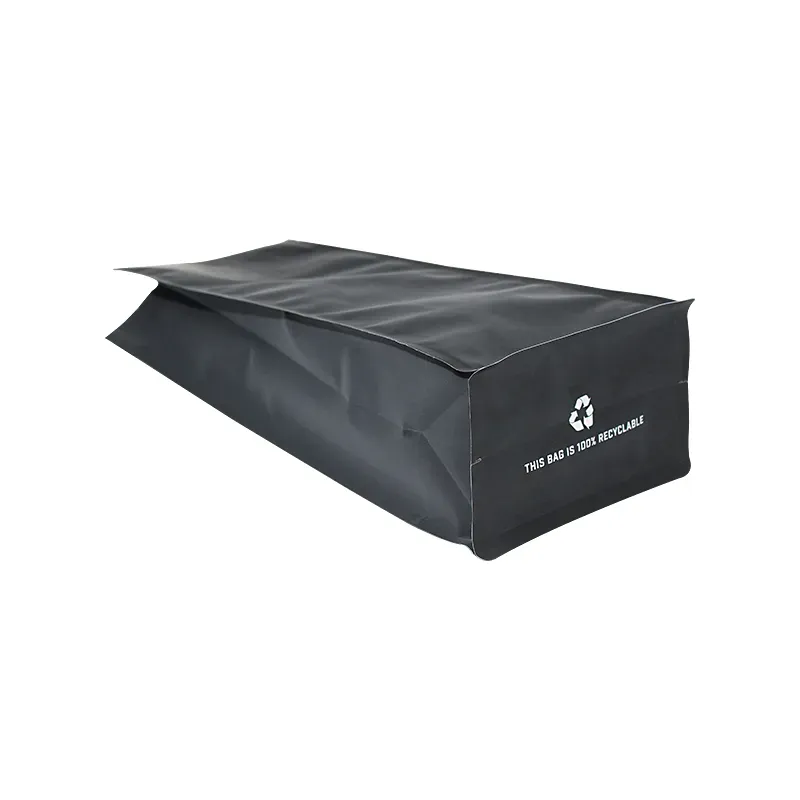
Recycling and Sustainability
One of the major advantages of PET is its recyclability. PET can be recycled multiple times without degrading its quality, making it an eco-friendly choice for packaging. The recycling process involves collecting used PET products, cleaning them, and reprocessing them into new materials. This not only reduces waste but also conserves resources and energy.
Organizations and manufacturers are increasingly promoting the recycling of PET to address environmental concerns related to plastic waste. In many countries, initiatives to promote bottle deposit systems and curbside recycling have been implemented to encourage consumer participation in recycling programs.
Challenges and Innovations
Despite its many advantages, PET is not without its challenges. The environmental impact of single-use plastics, including PET bottles, has raised concerns about pollution and waste management. In response, researchers and companies are exploring innovative solutions to reduce plastic use and enhance recycling technologies.
Biodegradable alternatives to traditional PET are currently being developed. These bio-based polymers aim to reduce the ecological footprint of packaging materials, leading to a more sustainable approach to production. Moreover, advances in chemical recycling are making it possible to break down PET into its original monomers, allowing for the creation of new PET with virtually no waste.
Conclusion
In summary, polyethylene terephthalate is a versatile and widely used polymer that plays a critical role in various industries, particularly packaging and textiles. Its remarkable properties, coupled with its recyclability, position PET as a significant player in both consumer products and environmental sustainability efforts. As technology advances, the future of PET may see even more innovations that further enhance its application and reduce its environmental impact.





